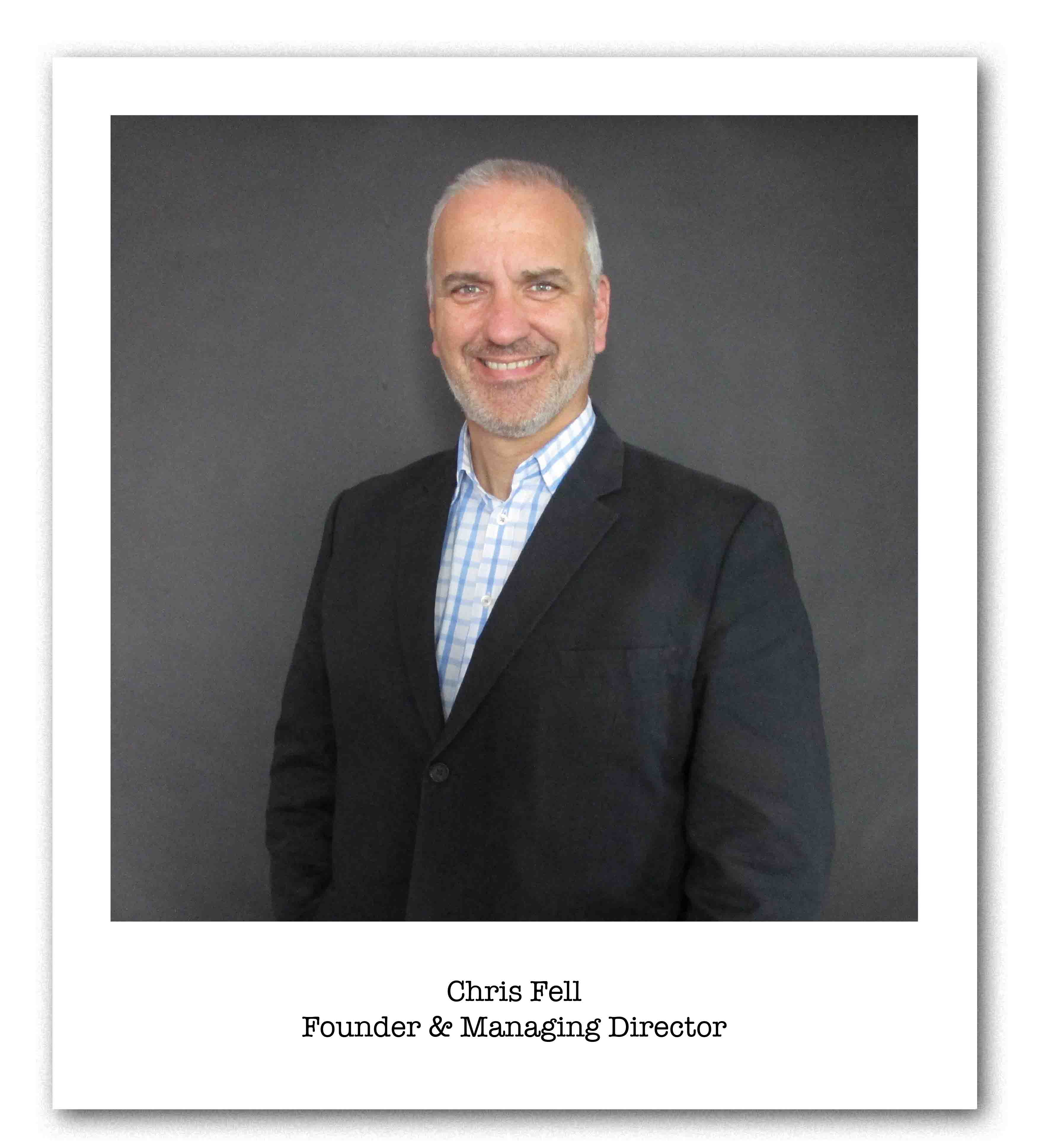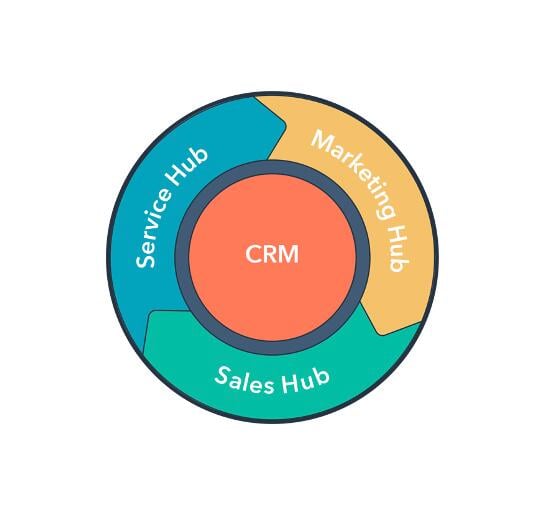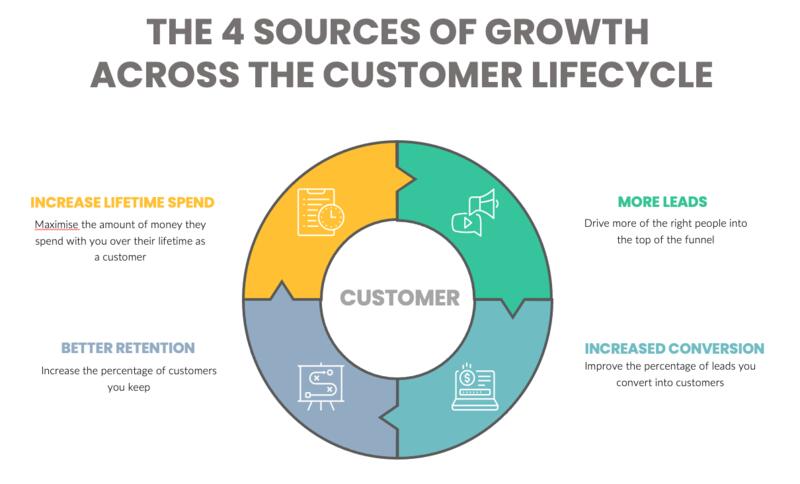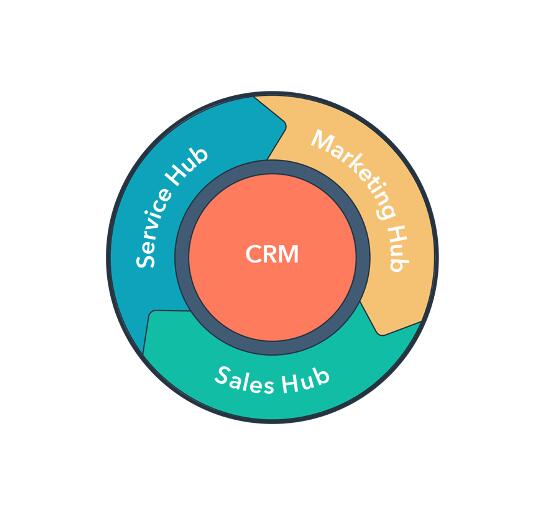BECOME W.I.S.E.R. with Your AI Prompts - A guide for sales managers
Everyone’s wittering on about AI like it’s the second coming. But here’s the rub: if you give it half-baked prompts, you’ll get half-baked answers....
3 min read
 Chris Fell
23/05/2022 5:59:36 PM
Chris Fell
23/05/2022 5:59:36 PM

Growing revenue velocity - your firm's speed of growth - is the aspiration for most Founder/CEOs and Chief Revenue Officers that we meet. In this article we discuss the 7 key metrics available to these executives to optimise their revenue velocity and some best practices for building an effective revenue engine.
Zuora, who provide a SaaS platform to automate subscription order-to-revenue operations, coined the phrase "the subscription economy" as far back as 2010 as a way to describe the rapid shift we have seen from product ownership to usership, from paying a lump sum for a product or service to a regular monthly fee. At the heart of the Subscription Economy is the idea that customers are happier subscribing to the outcomes they want, when they want them, rather than purchasing a product with the burden of ownership. Whether it's a product (such as a piece of software) or a service, the subscription economy is here to stay. Even if yours is not a subscription style business it's almost certainly an environment against which you compete.
This has fundamental implications for CEOs and Chief Revenue Officers. Now success does not simply mean closing the deal, it means engaging your customers in long-term relationships.
"Now success does not simply mean closing the deal, it means engaging your customers in long-term relationships."
As an example, in the world of business software, the point of break even for SAAS models is often 15-18 months at best from the initial month of purchase. So being able to sustain a relationship with a customer is as important as winning the sale in the first place.

In essence there are only four ways to influence your firm's revenue. Increase the number of leads you have, convert more of those leads to customers, increase the amount of money a customer spends with you and increase the length of time customers stick around.
Unpacking this a little more there are seven key areas of measurement.
There is a bonus eighth metric that is gaining in popularity and that surrounds customer advocacy. Cynicism with digital marketing and nameless algorithms is at an all time high. Conversely if you can harness your happy loyal customers to advocate for you in public, with prospects it is worth its weight in gold. So measuring customer satisfaction via an NPS or CSAT survey and having a process to follow up with delighted customers is a great idea and having a metric around the number of brand advocates created in a given time period would be the KPI.

If you would like to talk to us about the topics we discuss here or the challenges you maybe facing please contact us and book a time , we'd love to chat.
Subscribe to our latest news and updates on HubSpot.

Everyone’s wittering on about AI like it’s the second coming. But here’s the rub: if you give it half-baked prompts, you’ll get half-baked answers....

The business world is falling head over heels for AI—and who can blame it? With promises to reduce grunt work, uncover insights, and turbocharge...

Search is evolving - fast. For two decades, SEO has revolved around Google’s algorithm: keywords, backlinks, metadata, and page speed. But with the...